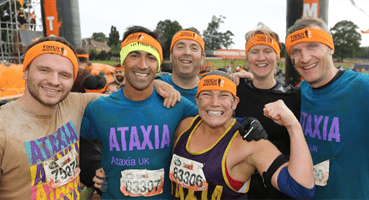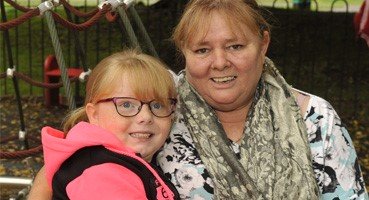Spinocerebellar ataxia type 3 (SCA3), also known as Machado-Joseph disease, is caused by a genetic mutation in the ATXN3 gene. SCA3 is thought to be the most common SCA worldwide, and currently there is no effective treatment for the condition.
Biomarkers are characteristics that can be measured, evaluated and used to indicate disease progression or the effect of a therapy. Biomarkers can also potentially be used to diagnose a condition before any symptoms occur. It is important to find effective biomarkers for SCA3 to enable an early detection of the condition and to measure how well drugs are working in clinical trials.
Two recently published papers have suggested that a protein called neurofilament light could be a promising biomarker for SCA3. Neurofilaments are found in brain cells and are important in giving the cells structural support.
In a European project (find more details here), the levels of neurofilament light were measured in the blood of people with SCA3 and in a SCA3 animal model. The researchers found that the levels of neurofilament light were increased in people with SCA3 and this was associated with the severity and progression of the condition. Interestingly, levels of neurofilament light were increased 7.5 years before the expected onset of SCA3 symptoms. This increase in neurofilament light was also found in the SCA3 animal model and occurred before the loss of cells.
A study led by a group in China also found increased levels of neurofilament light in the blood of people with SCA3, which were linked to SCA3 severity. In addition, increased levels of neurofilament light were correlated with changes in the brain, such as a decreased gray matter volume in certain areas.
Overall, these findings suggest that neurofilament light is a promising biomarker for SCA3 and could be used to track SCA3 progression and the effect of therapies in future clinical trials.
Read the full articles here.






